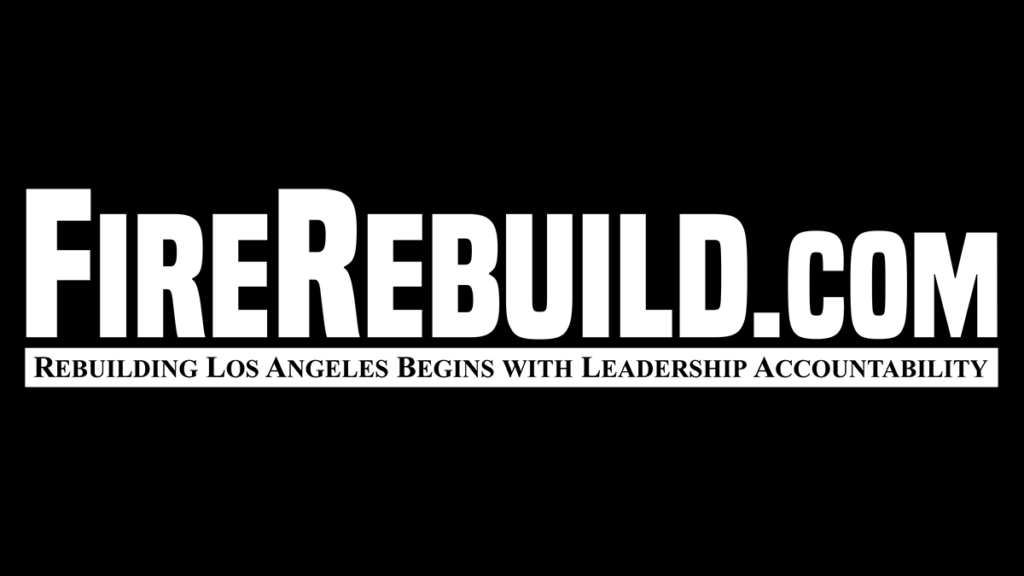Historical Context for Drought Occurrences

Drought conditions leading up to the Palisades Fire were neither exceptional nor record-breaking when compared to recent regional patterns. Based on 11 years of available precipitation data beginning March 26, 2014, multi-month droughts are common in the Los Angeles region, and the patterns of substantial rainfall followed by extended dry periods are well-documented.
The drought most cited in media reports began on April 16, 2024, and ended after the fire on January 26, 2025, lasting 285 days with only 0.16 inches of rain. However, the 180 days prior to the drought saw 19.44 inches of rainfall. While some attribute increased fire risk to vegetation growth from this rain, similar patterns have occurred frequently. For example, from March 31 to August 20, 2023, only 0.65 inches of rain fell over 142 days, following a 180-day period with 23.18 inches of precipitation. These sequences of high rainfall followed by drought are typical in Southern California’s Mediterranean climate and not inherently exceptional.
As of the day of the fire on January 7, 2025, the drought had lasted only 266 days, shorter than the 275-day drought ending January 9, 2018. Other comparable events include a 260-day drought ending December 27, 2020, and a 257-day drought ending November 20, 2019. The rainfall prior to the 2025 Palisades Fire drought also does not represent a record high, with higher totals documented in prior years.
Given the relatively short 11-year dataset, more extreme droughts likely occurred before records were made available for the region. Within this limited timeframe, however, neither the length nor the conditions of the drought preceding the Palisades Fire stand out as unusual. Assertions that the fire was driven by unprecedented drought or vegetation growth are not supported by the available data.
Responses